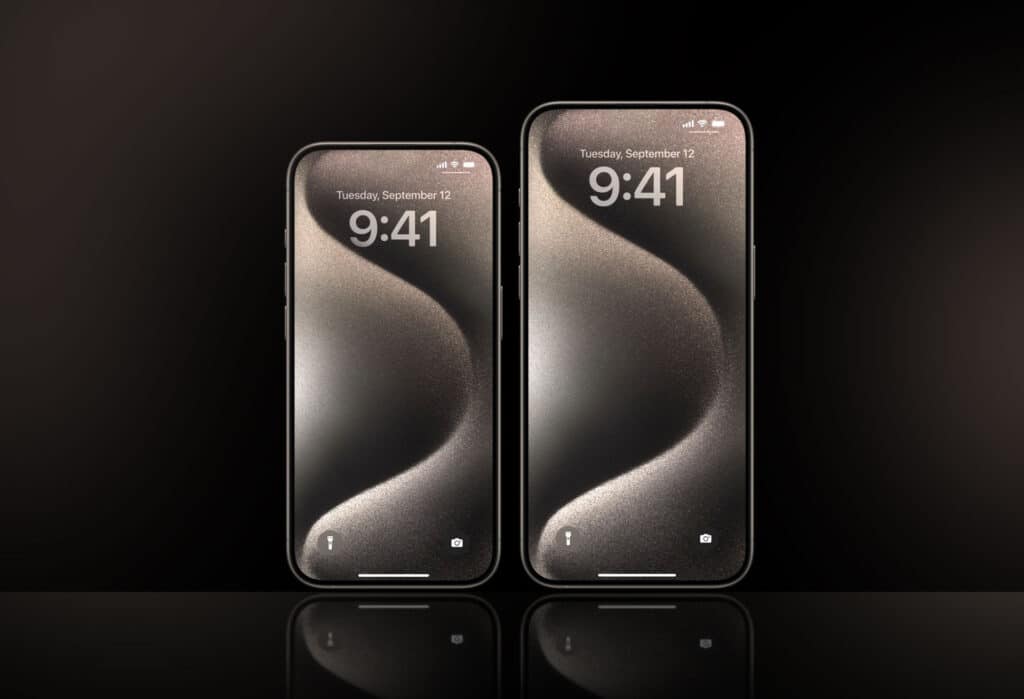Apple’s iPhone evolution has been a story of consistent innovation and refinement. From the first-generation iPhone’s thick bezels and Home Button in 2007, we’ve now reached the age of the iPhone 15 Pro with advanced features like the industry-first 3nm chip A17 Pro, Dynamic Island, and the breakthrough ‘tetraprism’ camera technology. With these significant advancements, the next major shift for iPhones seems to be focused on the front – the eventual end of the notch through under-display Face ID technology.
Back in 2017, Apple’s iPhone X gave us the debut of the now-infamous notch. Designed to house the selfie camera, this design change also marked the inception of Face ID, Apple’s facial recognition system, which replaced the Touch ID fingerprint authentication.
Over the years, while Apple retained the notch across iPhone iterations, the Cupertino company strategically reshaped and reduced its size to optimize screen space.
A significant change was seen with the iPhone 14 Pro series in 2022. These models featured a minimalistic pill-shaped notch. To enhance user experience and device aesthetics, Apple introduced the “Dynamic Island” – an innovative UI solution that unified the notch area, displaying alerts, animations, notifications, and more in a cohesive manner. Its subsequent extension to the entire iPhone 15 series this year signals Apple’s larger vision for the future of its smartphones.
The quest for a true all-display smartphone face has led to the exploration of under-display camera technology. However, early iterations by various manufacturers presented challenges like subpar photo quality with issues of glare and haze. Nonetheless, the tide seems to be turning. Companies like ZTE and Oppo claim to have developed advanced under-screen cameras that eliminate these visual compromises.
Supporting the belief that Apple is progressing in this direction is the patent for under-display Face ID the company secured from the U.S. Patent and Trademark Office in March 2023. Historically, since the iPhone 12 series, Apple has deliberately created a more pronounced distinction between its standard and Pro models, prioritizing high-end features for the latter. This trend indicates that the groundbreaking under-display technology might first appear in a Pro model in the near future.
As under-display camera technology progresses and matures, it is evident that its integration into iPhones is not a question of if, but when.
Analogous to how the iPhone 8 was the final flagship model to showcase Touch ID, it’s conceivable that the iPhone 15 or its immediate successor will conclude the era of screen interruptions for camera accommodations.
